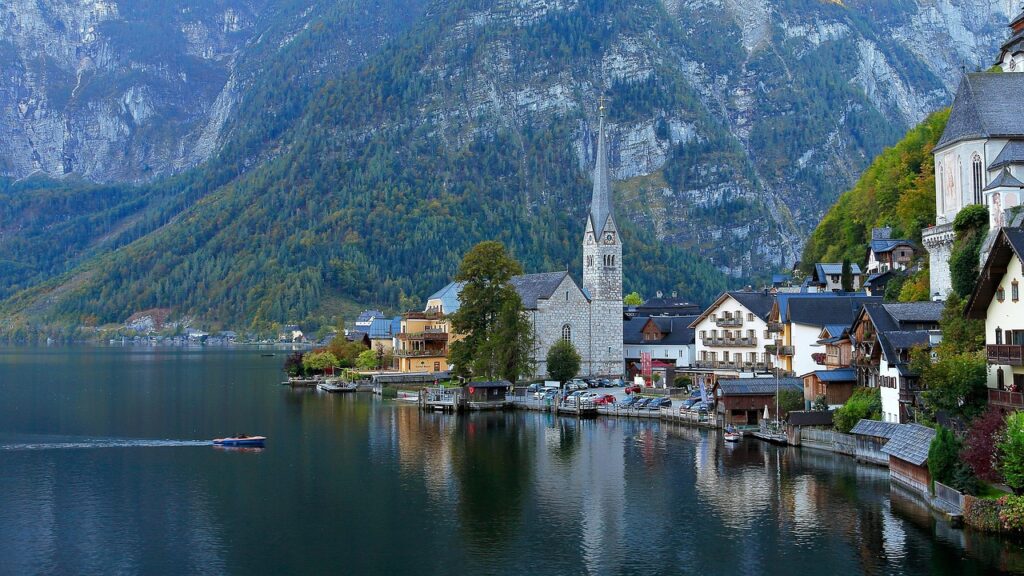Greenpeace tested seven bathing waters in Austria for microplastics and found them each time. The environmental organization calls for mandatory reductions in Austria and a global agreement.
“Countless studies show that the rapidly increasing plastic production is catastrophic for the environment and climate. Far too much plastic ends up in nature, and the health effects have not yet been clarified,” warned Lisa Tamina Panhuber, a circular economy expert at the environmental organization Greenpeace in Austria, following the lab results. The NGO on Thursday called for binding plastic reduction measures in Austria and a solid global plastics agreement.
Contamination with microplastics in Alter Donau in Vienna’s highest
In addition to the Old Danube, other lakes examined were Lake Neusiedl and Lake Neufeld in Burgenland, Lake Lunz in Lower Austria, Lake Attersee in Upper Austria, Lake Wolfgang in Salzburg and Lake Wörthersee in Carinthia. The lowest concentrations were found in two Lake Attersee and Lake Lunz samples, with 1.1 microplastic particles per litre.
The Alte Donau in Vienna fared worst with 4.8 microplastic particles per litre and a mixture of polypropylene, polytetrafluoroethylene, cellophane, polyacrylamide and synthetic rubber. In total, particles of 15 different types of plastic were found, which are found, for example, in tires, clothing, packaging or building materials.
Evidence of health effects from microplastics
For the study, 2.9 litres of water were taken from each sample site, and tiny particles were filtered in the laboratory using a 5-micrometre silver filter. The residues were analyzed using a microscope and infrared spectrometer. The health effects, especially long-term effects, of microplastics on humans and animals are still too little researched, according to Greenpeace. There are indications that micro- or even smaller nanoplastic particles could activate mechanisms in the gastrointestinal tract that participate in local inflammatory and immune responses.
According to the NGO, the amount of plastic produced yearly is increasing rapidly worldwide – and is even expected to double by 2040, according to industry forecasts. In addition to national measures to reduce plastic in all sectors, Greenpeace calls for a globally binding, ambitious UN plastic agreement that anchors an end to the production of new plastic by 2040 and immediately bans particularly problematic and unnecessary types of plastic.
- source: APA.at/picture: unsplash.com
This post has already been read 2103 times!



